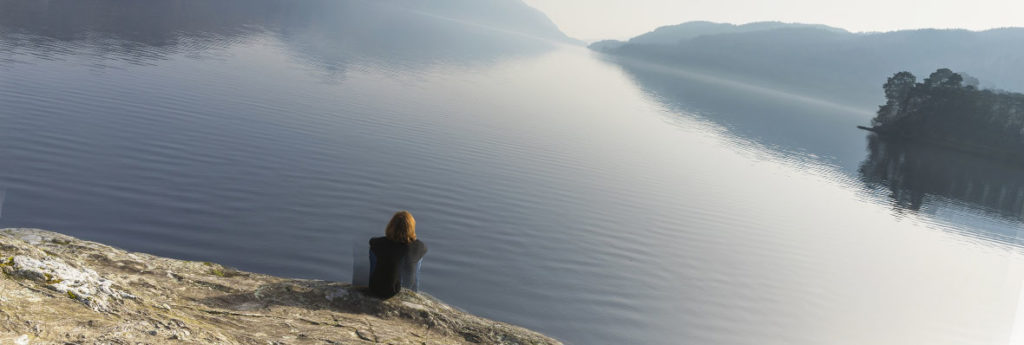Notwithstanding the challenges of the coronavirus pandemic and its short and long-term effects on tourism, Scottish tourism officials have concluded that climate change and sustainability are set to dominate Scottish tourism in the coming months.
Led by the rise of the eco-traveller, who is “aware of the environmental cost to travel,” visitors now seek to immerse themselves in a destination while limiting their impact and even “giving something back,” says VisitScotland.
This concept of “transformational tourism” is a distinct shift for travellers, who have moved on from looking for experiential destinations driven by picture-led social media channels and instead are embracing trends such as wellness and mindfulness, in which their trips should have “meaning, challenge, connection and impact.”
Detailed in Scottish tourism’s annual 2020 Trends paper, revealed in late February at the Travalyst summit in Edinburgh, Eco-Travel was identified by the tourism body’s Insight team as one of six travel trends expected to impact the industry over the next 18 months.
“The future of tourism is ensuring that visitors receive the transformation they seek while understanding the needs of locals and the environment,” reports Trends 2020: Travelling Towards Transformational Tourism.
Indeed, searches for “eco-friendly travel” on Pinterest have risen by 73 percent this year with “eco-city concept” searches up by 46 percent, notes VisitScotland, while destinations with “green credentials” are increasing in popularity while opportunities for visitors to contribute to sustainable projects are key attractors.
Other trends cited in the paper include:
• Transforming the typical: Businesses and providers are looking at disrupting their brands to attract new markets by incorporating new, radical products into their business model.
• Waterways: With 2020 being the year of Coasts and Waters in Scotland, a wave of aquatic interest in tourism related to seas, lochs, rivers and canals is anticipated.
• Solivagant and the Rise of the Global Nomad: Derived from the Latin for “lone wanderer,” solivigant (pronounced soul-i-vay-gant and translated as “spirits”) reflects the growth of single households due to declining or rejecting attitudes to marriage, and increased numbers of divorced households, who have a strong desire to travel.
“Visitors are continuing to seek an authentic experience, but one which isn’t at the expense of the destination,” says Chris Greenwood, Senior Insight Manager at VisitScotland. “This presents an exciting opportunity for Scottish tourism to develop a world-class experience that benefits both the visitor and the local community, whilst protecting the environment which attracts travellers in the first place.”
PREVIOUS TRENDS
In 2019, the Trends report cited “Wellness – the art of now, sensory tourism, new society norms,” as its trend of the year, stating: “Many countries are increasingly marketing wellness as part of their product portfolio. With Scotland’s abundant assets of natural landscape, culture, food & drink and heritage, combined with a varied and vibrant tourism industry, we are well-placed to embrace and capitalise on the global movement that is wellness tourism.”
Meanwhile, the report listed “Còsagach and elemental tourism” in 2018: “For those who come to Scotland to do one of the many outdoor pursuits, having a warm and snug place (còsagach in Gaelic) to come back to after a long and tiring day completes the visitor experience. Scotland’s varied and picturesque landscape, as well as its diversity for activities during the different seasons, allows it to be a 365-day-a-year visitor destination.”

